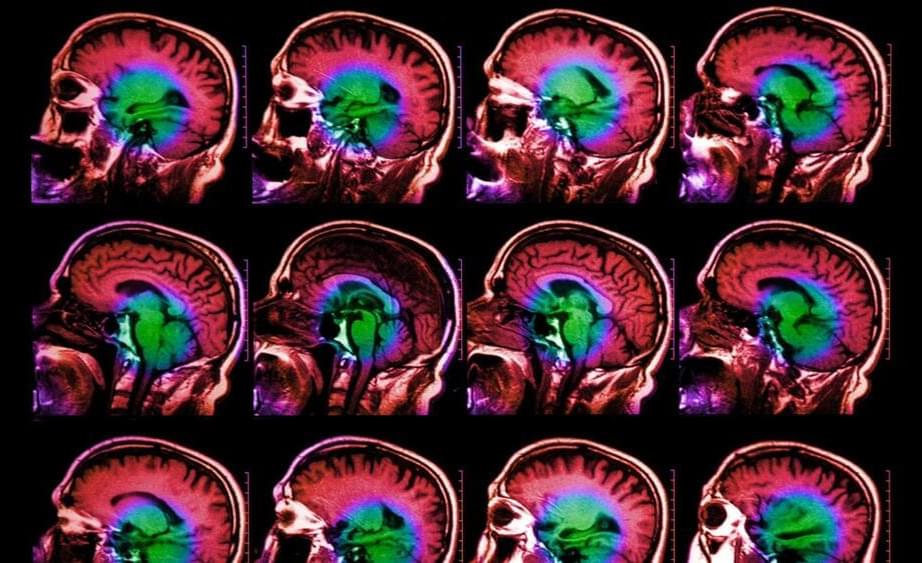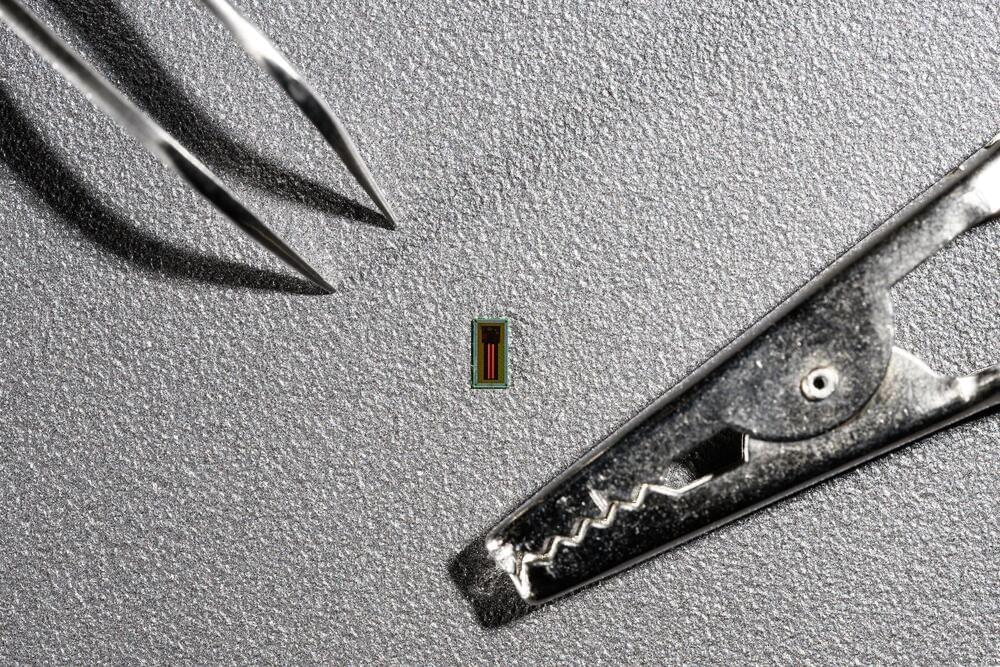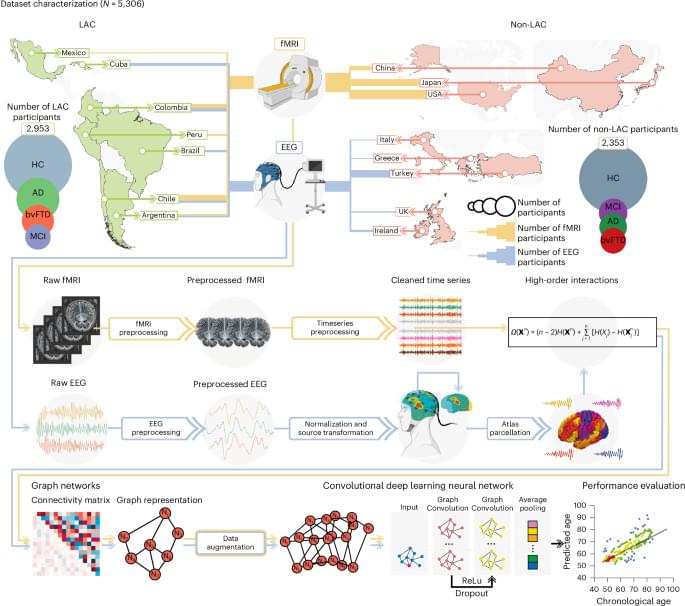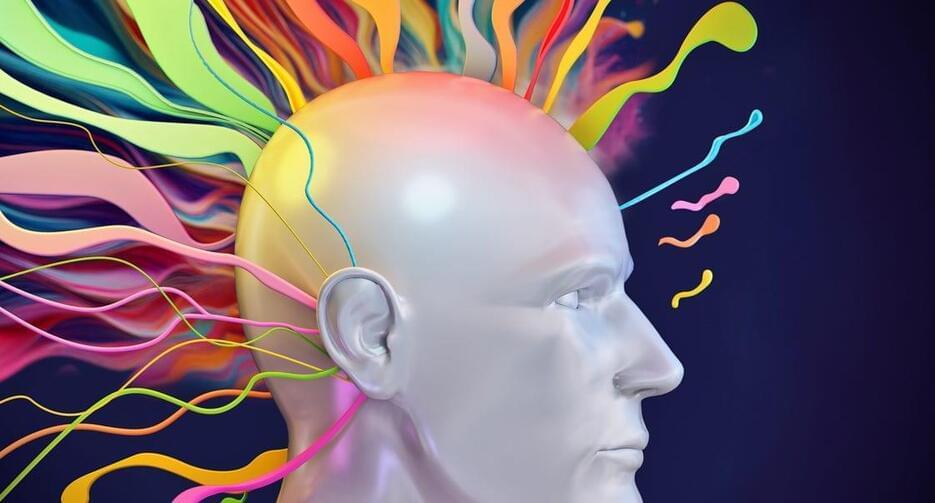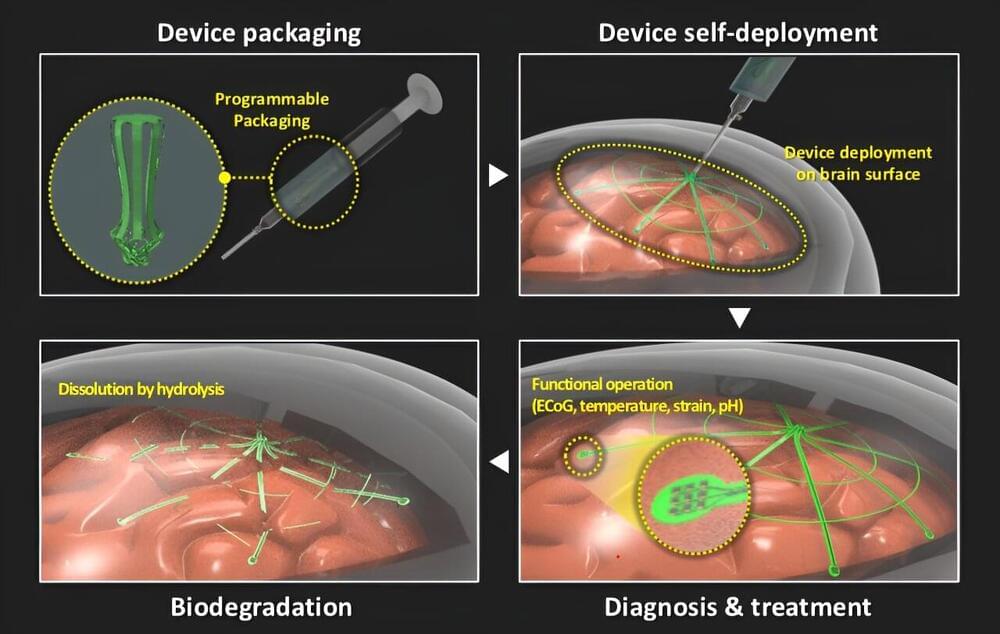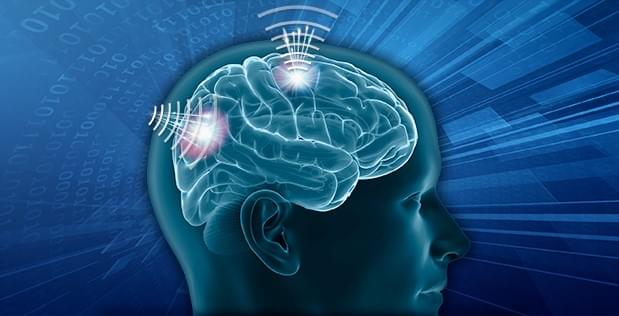This research uncovers diverse neural roles in processing words and complex sentences.
MIT neuroscientists have identified several brain regions responsible for processing language using functional magnetic resonance imaging (fMRI).
However, discovering the specific functions of neurons in those regions has proven difficult because fMRI, which measures changes in blood flow, doesn’t have a high resolution to reveal what small populations of neurons are doing.
Now, using a more precise technique that involves recording electrical activity directly from the brain, MIT neuroscientists have identified different clusters of neurons that appear to process different amounts of linguistic context.
